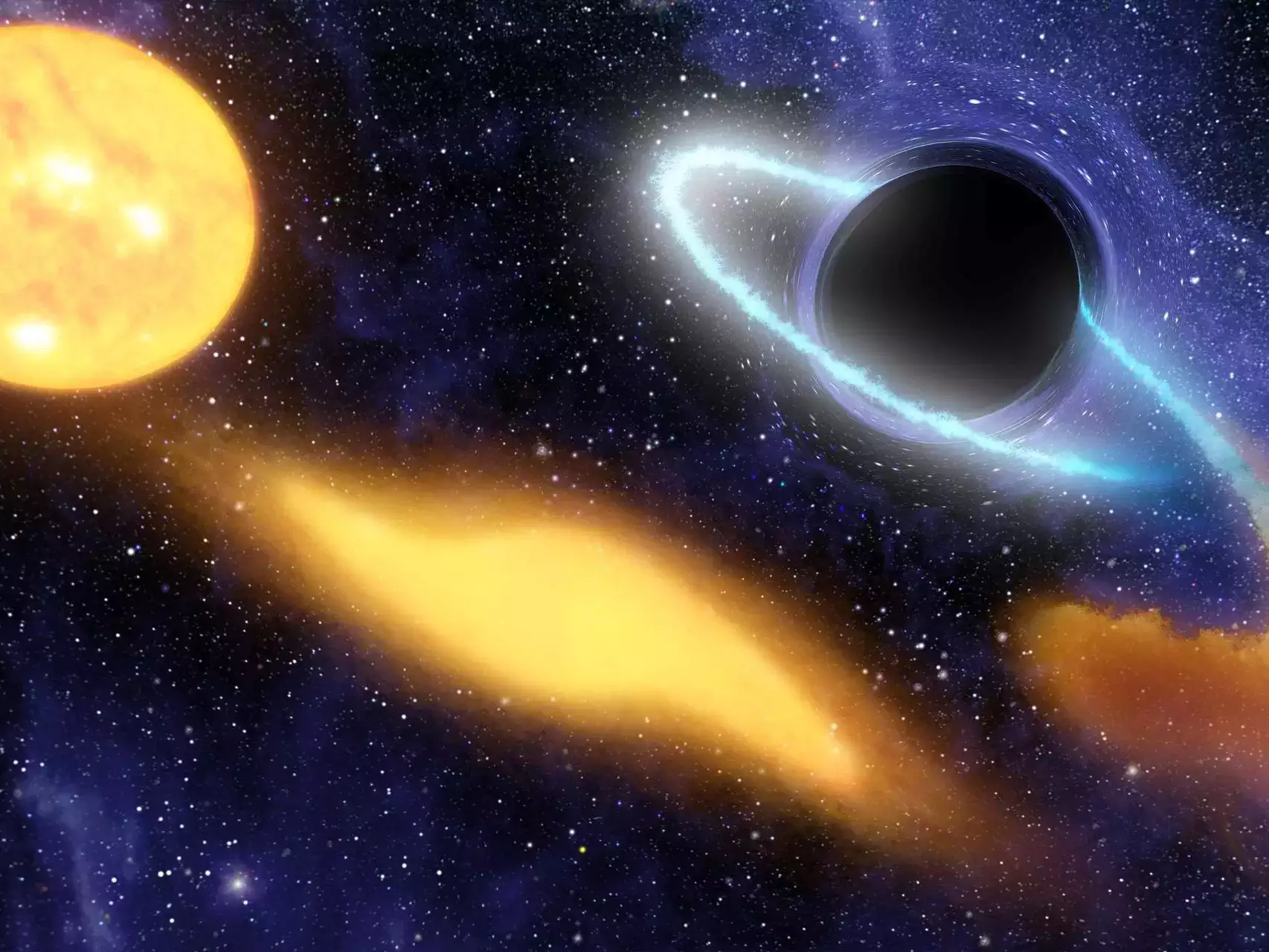A recent discovery the James Webb Space Telescope and NASA’s Chandra X-ray Observatory has shed light on a supermassive black hole located 13.2 billion light-years away in the UHZ1 galaxy. This black hole is of immense size at a relatively young age, prompting scientists to question its origins.
Using data from the James Webb Space Telescope, researchers found that this black hole emerged just 470 million years after the Big Bang, when the universe was only 3% of its current age. With a mass ranging from 10-100 million Suns, it is considered the first detection of an ‘Outsize Black Hole,’ providing compelling evidence that certain black holes form from massive gas clouds. During a brief phase, this supermassive black hole matched the combined mass of the stars in its galaxy, offering a unique glimpse into its development.
The discovery was made possible gravitational lensing from the Abell 2744 galaxy cluster, which amplified X-rays emitted the black hole. This phenomenon, where gravity bends and intensifies energy, played a crucial role in detecting the faint X-ray source. The revelation challenges the conventional notion that most black holes originate from explosive star deaths, suggesting that some, like this distant counterpart, may arise directly from the collapse of massive gas clouds at the start of our universe.
Scientists speculate that this unconventional birthing process could lead to black holes 10,000 to 100,000 times the mass of the Sun, often rivaling the combined mass of stars in their host galaxies. In contrast, nearblack holes, formed through more conventional means, typically possess only 10% of their host galaxies’ mass.
In conclusion, this groundbreaking discovery not only enhances our cosmic comprehension but also raises new inquiries about the genesis of these celestial behemoths, reshaping our understanding of the early universe.

